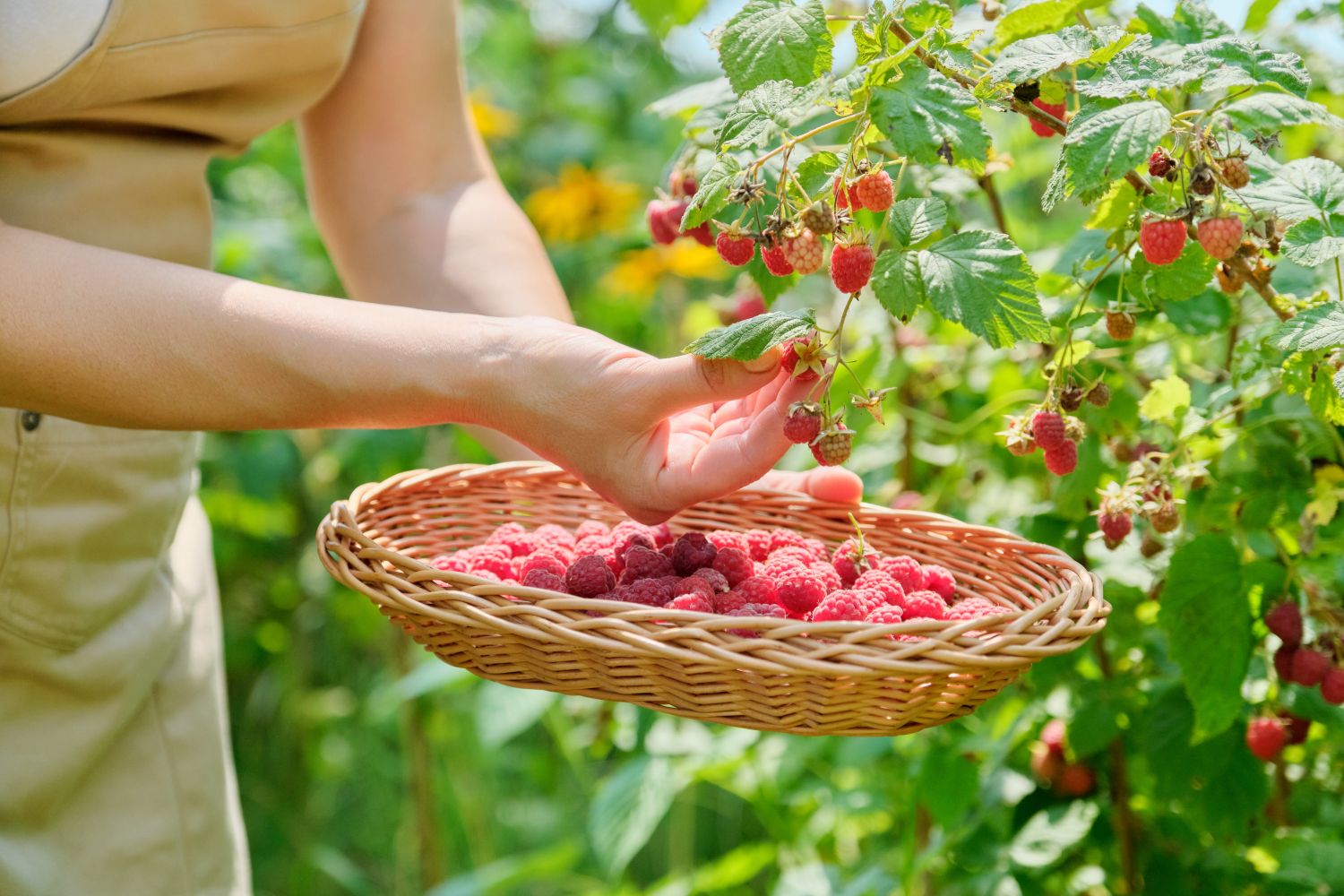

Articles
How To Store Fresh Picked Raspberries
Modified: January 9, 2024
Discover the best way to store freshly picked raspberries with our informative articles. Keep your berries fresh and delicious longer with these expert tips.
(Many of the links in this article redirect to a specific reviewed product. Your purchase of these products through affiliate links helps to generate commission for Storables.com, at no extra cost. Learn more)
Introduction
Freshly picked raspberries are a delightful summertime treat. Whether you have a bountiful raspberry patch in your backyard or you’ve brought home a basketful from the farmers market, it’s important to know how to store them properly to enjoy their sweet and tangy goodness for as long as possible.
In this article, we will guide you through the process of choosing and preparing raspberries for storage, as well as different methods for storing them. Whether you prefer to refrigerate, freeze, or can your raspberries, we have you covered.
So, let’s dive in and discover the best ways to store your fresh picked raspberries!
Key Takeaways:
- Enjoy the vibrant flavor of summer all year round by properly storing fresh raspberries. Whether refrigerating, freezing, or canning, savor their sweet-tangy goodness in various recipes and share homemade treats with loved ones.
- Preserve the essence of summer by freezing or canning freshly picked raspberries. From baked goods to refreshing beverages, explore creative ways to enjoy their delicious flavor and nutritional benefits throughout the year.
Read more: How To Store Fresh Picked Cucumbers
Choosing and Preparing Raspberries
When it comes to choosing raspberries, look for ones that are firm and plump, with a vibrant red color. Avoid berries that are mushy or have moldy spots, as these are signs of spoilage.
Before storing your raspberries, it’s important to give them a quick rinse. Fill a bowl with cool water and gently place the raspberries in it. Swirl them around to remove any dirt or debris. Be careful not to soak the berries for too long, as they are delicate and can become waterlogged. After rinsing, gently pat them dry with a paper towel or a clean kitchen towel.
If you have the time, it’s best to pick raspberries just before you plan to use or store them. This ensures that they are at their freshest and most flavorful. However, if you need to store them for a few days, follow the proper storage methods below.
Storing Fresh Raspberries
When it comes to storing fresh raspberries, there are a few options to choose from. The method you choose will depend on how long you plan to store them and your personal preference.
Refrigerating Raspberries:
If you plan to consume your raspberries within a few days, refrigeration is the best option. Place your dry, unwashed raspberries in a breathable container, such as a shallow bowl or a perforated container. This allows air to circulate and helps prevent moisture buildup that can cause mold. Place a paper towel at the bottom of the container to absorb excess moisture. Then, cover the container with a loose-fitting lid or plastic wrap. Store the raspberries in the refrigerator, preferably in the crisper drawer, at a temperature between 32°F (0°C) and 40°F (4°C).
Freezing Raspberries:
If you want to prolong the shelf life of your raspberries, freezing is a great option. Start by spreading the dry raspberries in a single layer on a baking sheet lined with parchment paper. This prevents them from sticking together during freezing. Place the baking sheet in the freezer and allow the raspberries to freeze completely, which usually takes about 2 to 4 hours. Once frozen, transfer the raspberries to an airtight freezer bag or container, removing as much air as possible before sealing. Label the bag or container with the date and store in the freezer at a temperature of 0°F (-18°C) or below. Frozen raspberries can be stored for up to one year.
Canning Raspberries:
If you enjoy preserving your own food, canning raspberries is a wonderful way to enjoy their fresh flavor all year round. Start by washing the raspberries in cool water and removing any stems or leaves. Next, prepare your canning jars and lids by sterilizing them according to the manufacturer’s instructions. Pack the raspberries tightly into the jars, leaving about 1/2 inch of headspace at the top. Prepare a simple syrup by combining equal parts water and sugar in a saucepan and heating until the sugar is dissolved. Pour the syrup over the raspberries, leaving 1/2 inch of headspace. Carefully remove any air bubbles by running a non-metallic utensil around the inside edges of the jar. Wipe the rims clean with a damp cloth and seal the jars with the lids and bands. Process the jars in a boiling water bath for the recommended amount of time, usually around 15 minutes. Remove the jars from the water bath and allow them to cool completely. Canned raspberries can be stored in a cool, dark place for up to one year.
Refrigerating Raspberries
Refrigeration is a popular and effective method for storing fresh raspberries, especially if you plan to consume them within a few days. Here’s how to properly refrigerate your raspberries:
- Start by choosing the freshest raspberries possible. Look for berries that are firm and plump, with a vibrant red color. Avoid berries that are mushy or have moldy spots.
- Before refrigerating, it’s important to give your raspberries a quick rinse. Fill a bowl with cool water and gently place the raspberries in it. Swirl them around to remove any dirt or debris. Be careful not to soak the berries for too long, as they are delicate and can become waterlogged.
- Gently pat the raspberries dry with a paper towel or a clean kitchen towel. Moisture on the berries can lead to mold growth, so it’s important to remove excess moisture before refrigeration.
- Choose a breathable container for storing the raspberries. A shallow bowl or a perforated container works well, as it allows air to circulate and prevents moisture buildup. Line the bottom of the container with a paper towel to absorb any excess moisture.
- Place the dry, unwashed raspberries in the container, arranging them in a single layer if possible. This helps prevent the berries from getting squished or crushed.
- Loosely cover the container with a lid or plastic wrap. Avoid sealing the container too tightly, as raspberries need some airflow to stay fresh.
- Store the raspberries in the refrigerator, preferably in the crisper drawer. The ideal temperature for storing raspberries is between 32°F (0°C) and 40°F (4°C). Make sure to check the temperature settings of your refrigerator to ensure it is set within this range.
When properly refrigerated, fresh raspberries can last for up to 3-4 days. However, it’s best to consume them as soon as possible to enjoy their optimal flavor and texture.
If you notice any moldy or spoiled raspberries, remove them immediately to prevent the spread of mold to the rest of the berries.
Refrigerating raspberries not only helps extend their shelf life, but it also helps to retain their nutritional value. Raspberries are rich in antioxidants, vitamins, and fiber, making them a healthy and delicious addition to your diet.
Remember to handle your raspberries with care when storing and retrieving them from the refrigerator to avoid any unnecessary bruising or damage. With proper refrigeration, you can enjoy the fresh taste of raspberries anytime you want!
Store fresh picked raspberries in a single layer in a shallow container lined with paper towels to absorb moisture. Keep them in the refrigerator and use within 2-3 days for the best flavor and texture.
Freezing Raspberries
Freezing raspberries is an excellent way to preserve their freshness and extend their shelf life. Whether you have a surplus of raspberries or want to enjoy them in the off-season, freezing allows you to enjoy their delicious flavor throughout the year. Here’s how to freeze raspberries properly:
- Start by selecting ripe, firm raspberries. Look for berries that are plump, unblemished, and vibrant in color. Avoid raspberries that are overripe, mushy, or have moldy spots.
- Give your raspberries a gentle wash to remove any dirt or debris. Place them in a colander and rinse them under cool running water. Be careful not to soak the berries for too long, as they can become waterlogged.
- Allow the raspberries to drain thoroughly. You can gently shake the colander or pat them dry with a clean kitchen towel or paper towels.
- Prepare a baking sheet lined with parchment paper. Arrange the raspberries on the baking sheet in a single layer, ensuring that they are not touching each other. This prevents them from sticking together during freezing.
- Place the baking sheet in the freezer and let the raspberries freeze completely. This usually takes about 2 to 4 hours, depending on the size of the berries.
- Once the raspberries are frozen, transfer them to airtight freezer bags or containers. Remove as much air as possible from the bags before sealing them. Alternatively, you can vacuum-seal the raspberries to further protect them from freezer burn.
- Label the bags or containers with the date of freezing to keep track of their freshness. Frozen raspberries can be stored in the freezer for up to one year.
When you’re ready to use the frozen raspberries, simply take out the desired amount from the freezer and thaw them in the refrigerator for a few hours or overnight. You can also use them directly from the freezer in smoothies, baked goods, or sauces.
Since frozen raspberries can become slightly mushy when thawed, they are best used in recipes where their texture is less important, such as in sauces, jams, or baked goods. If you prefer to eat them as-is, enjoy them partially thawed for a refreshing and icy treat.
Freezing raspberries not only helps to preserve their taste, but it also retains most of their nutritional value. They are still a great source of vitamins, minerals, and antioxidants even after freezing.
By freezing raspberries when they are at their peak, you can savor the taste of summer all year long!
Read more: How To Store Fresh Picked Blueberries
Canning Raspberries
Canning raspberries is a fantastic way to preserve their freshness and enjoy their sweet and tangy flavor long after the harvest season has passed. Canned raspberries can be used in a variety of recipes, including pies, jams, sauces, and even enjoyed on their own. Here’s a step-by-step guide on how to can raspberries:
- Start by gathering all the necessary canning equipment, including canning jars with lids and bands, a canning pot or large stockpot, jar lifter tongs, a funnel, a ladle, a clean kitchen towel, and a lid lifter or a magnetized lid wand.
- Wash the raspberries gently under cool running water to remove any dirt or debris. Remove the stems and any overripe or damaged berries.
- Prepare the canning jars and lids by washing them with hot, soapy water. Rinse them thoroughly to remove any soap residue. Submerge the jars in the canning pot or stockpot, making sure they are fully covered with water. Bring the water to a simmer and let the jars heat in the water bath for at least 10 minutes to sterilize them. Place the lids and bands in a separate saucepan of hot water to soften the rubber seal.
- Remove the jars from the water bath using jar lifter tongs and carefully pour out the hot water. Place the jars on a clean kitchen towel to drain and cool slightly.
- Pack the prepared raspberries tightly into the sterilized jars, leaving about 1/2 inch of headspace at the top. You can use a wooden spoon or the handle of a spatula to gently press down the berries, ensuring there are no air pockets.
- Prepare a simple syrup by combining equal parts water and sugar in a saucepan. Heat the syrup over medium heat until the sugar is fully dissolved. You can adjust the sweetness by adding more or less sugar according to your preference.
- Using a ladle and a funnel, carefully pour the hot simple syrup into the jars, covering the raspberries and leaving 1/2 inch of headspace. This helps preserve the color, shape, and flavor of the berries.
- Remove any air bubbles in the jars by running a non-metallic utensil, such as a chopstick or a plastic spatula, along the inner sides of the jar. Wipe the rims of the jars with a clean, damp cloth to ensure a proper seal.
- Retrieve the lids and bands from the hot water and place them on top of the jars. Screw the bands on until they are fingertip-tight, ensuring there is still some give in them.
- Place the filled and sealed jars back into the canning pot or stockpot, making sure they are completely submerged in boiling water. Process the jars in a boiling water bath for the recommended amount of time, usually around 15 minutes for pint-sized jars.
- Carefully remove the processed jars from the water bath using jar lifter tongs and place them on a kitchen towel. Let them cool undisturbed for several hours.
- Check the seals of the jars by pressing down on the center of each lid. If the lid does not flex or move, the jar is properly sealed. Store the sealed jars in a cool, dark place for up to one year. If any jars did not seal properly, refrigerate them and consume the contents within a few days.
Canned raspberries can be enjoyed in various ways. Use them in pies, tarts, or cobblers, or simply spoon them over yogurt or ice cream. The syrup can also be used as a delicious addition to beverages or as a topping for pancakes and waffles.
By canning your own raspberries, you have the opportunity to savor their flavor long after the harvest season is over. It’s a wonderful way to preserve the essence of summer and enjoy the taste of raspberries all year round!
Using Stored Raspberries
Once you’ve stored your raspberries using the methods discussed earlier, it’s time to enjoy their delicious flavor in a variety of ways. Here are some ideas for using your stored raspberries:
- Enjoy them fresh: If you’ve refrigerated your raspberries, take them out and enjoy their fresh, juicy flavor as a healthy snack. You can also add them to yogurt, cereal, or oatmeal for a burst of sweetness.
- Bake with them: Frozen raspberries work wonderfully in baked goods. Use them in pies, tarts, muffins, pancakes, or bread. Their vibrant color and tangy taste will elevate your favorite recipes.
- Create sauces and syrups: Thawed raspberries can be blended or mashed to create delicious sauces and syrups. Drizzle them over desserts like cheesecake, ice cream, or pound cake for an extra touch of sweetness.
- Make jams and jellies: Canned raspberries can be transformed into flavorful jams and jellies. Spread them on toast, biscuits, or scones for a delightful breakfast or snack.
- Add them to smoothies: Frozen raspberries are a perfect addition to smoothies, providing a tangy and refreshing taste. Blend them with other fruits, yogurt, and a liquid of your choice for a nutritious and delicious beverage.
- Create refreshing beverages: Use frozen raspberries to make flavored water, lemonade, or even raspberry-infused cocktails. Simply muddle the raspberries with a spoon or blend them with your chosen beverage for a refreshing twist.
- Use them in salads: Fresh or thawed raspberries can add a vibrant pop of color and a burst of flavor to salads. Toss them into green salads, fruit salads, or grain salads for a delightful combination of sweet and tangy.
- Make raspberry preserves: If you’ve canned your raspberries, they are ready to be turned into a delicious preserve. Pair it with cheese, spread it on toast, or use it as a glaze for meats like poultry or pork.
- Infuse beverages and treats: Create flavored vinegar or liqueur by infusing raspberries into a base liquid. You can also use frozen raspberries to make raspberry popsicles or sorbet for a refreshing summer treat.
- Share with friends and family: Homemade raspberry treats and desserts make lovely gifts. Share your stored raspberries by baking pies, making jams, or creating personalized gift baskets.
Remember that the taste and texture of stored raspberries may differ slightly from fresh ones, but they can still be enjoyed in various ways. Get creative in the kitchen and explore different recipes to make the most of your stored raspberries.
Whether you enjoy them fresh, baked, blended, or canned, your stored raspberries will continue to impress with their vibrant color, sweet-tart taste, and nutritional benefits. So go ahead and savor the flavors of summer all year long!
Frequently Asked Questions about How To Store Fresh Picked Raspberries
Was this page helpful?
At Storables.com, we guarantee accurate and reliable information. Our content, validated by Expert Board Contributors, is crafted following stringent Editorial Policies. We're committed to providing you with well-researched, expert-backed insights for all your informational needs.
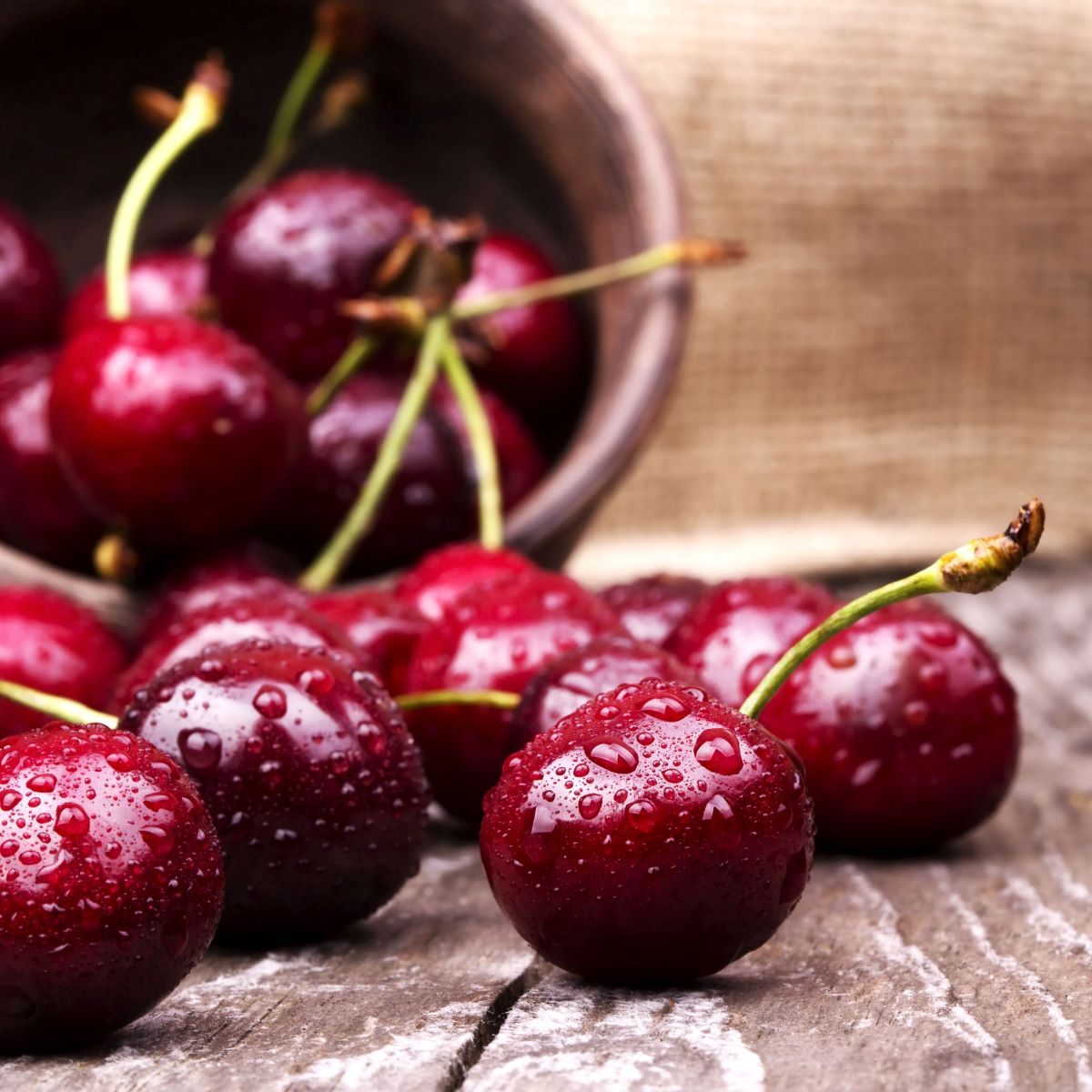
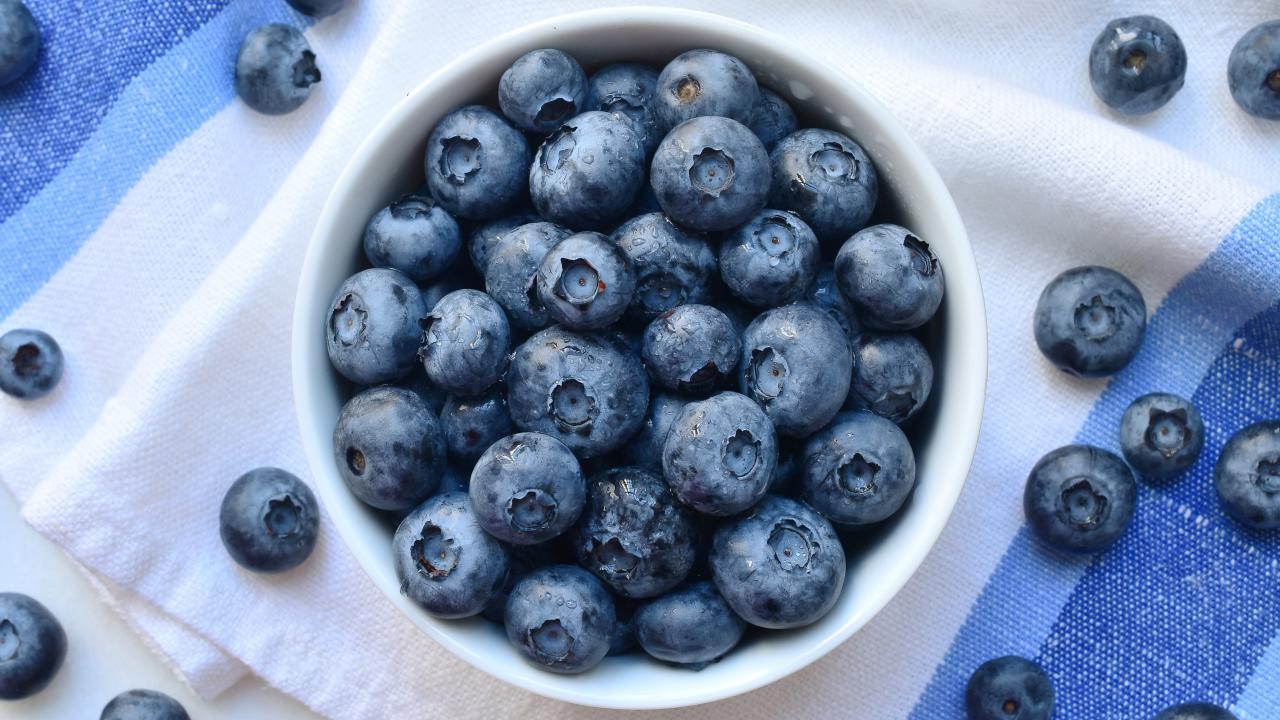
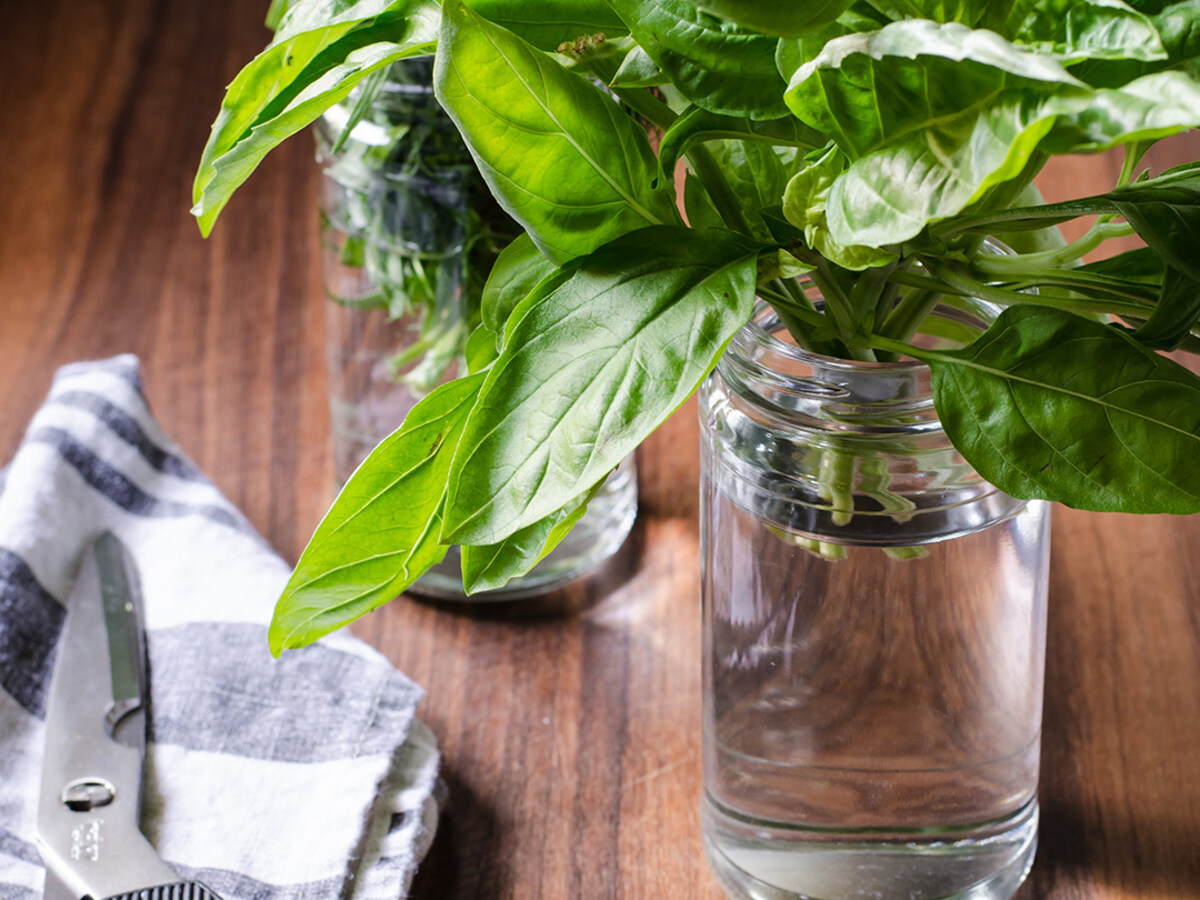
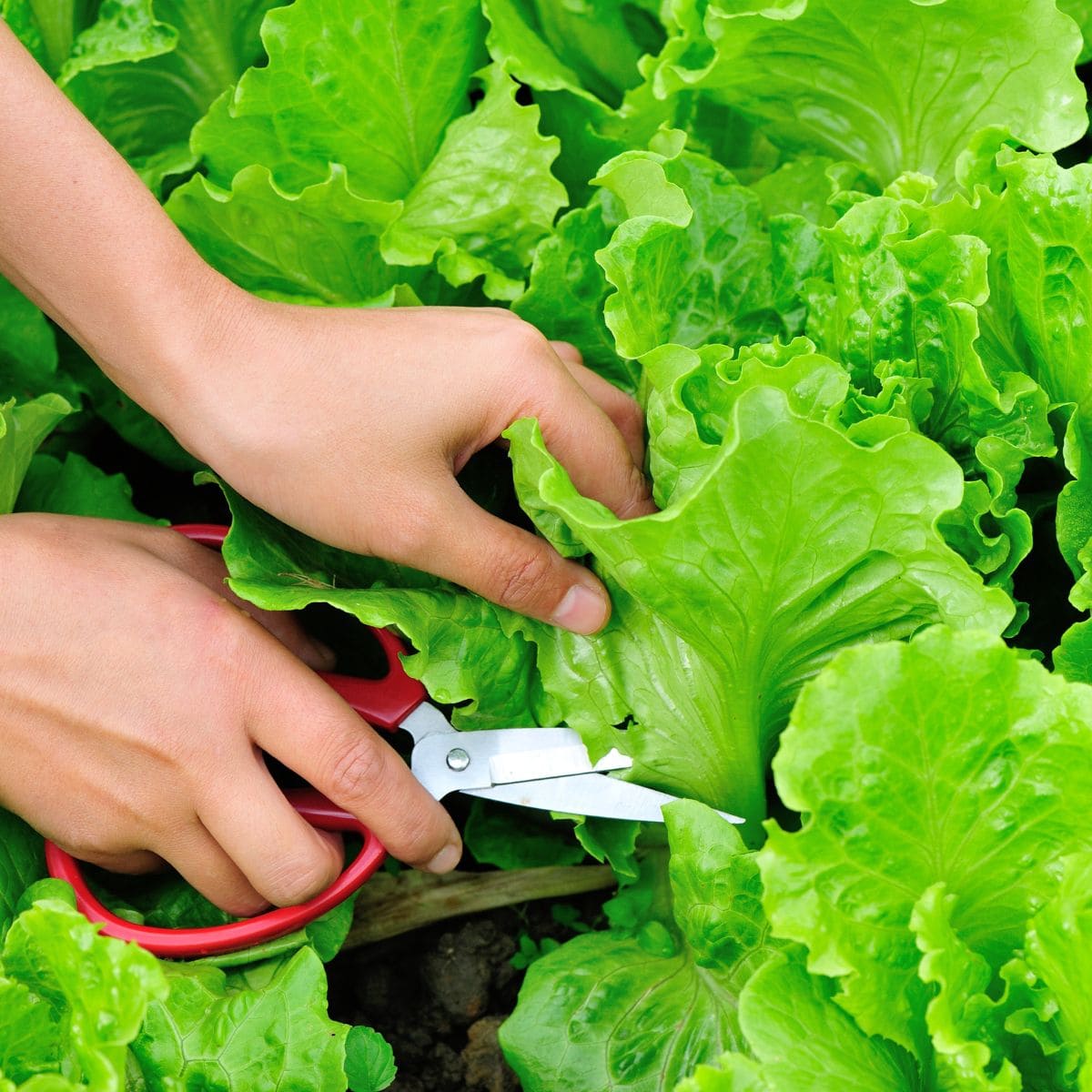
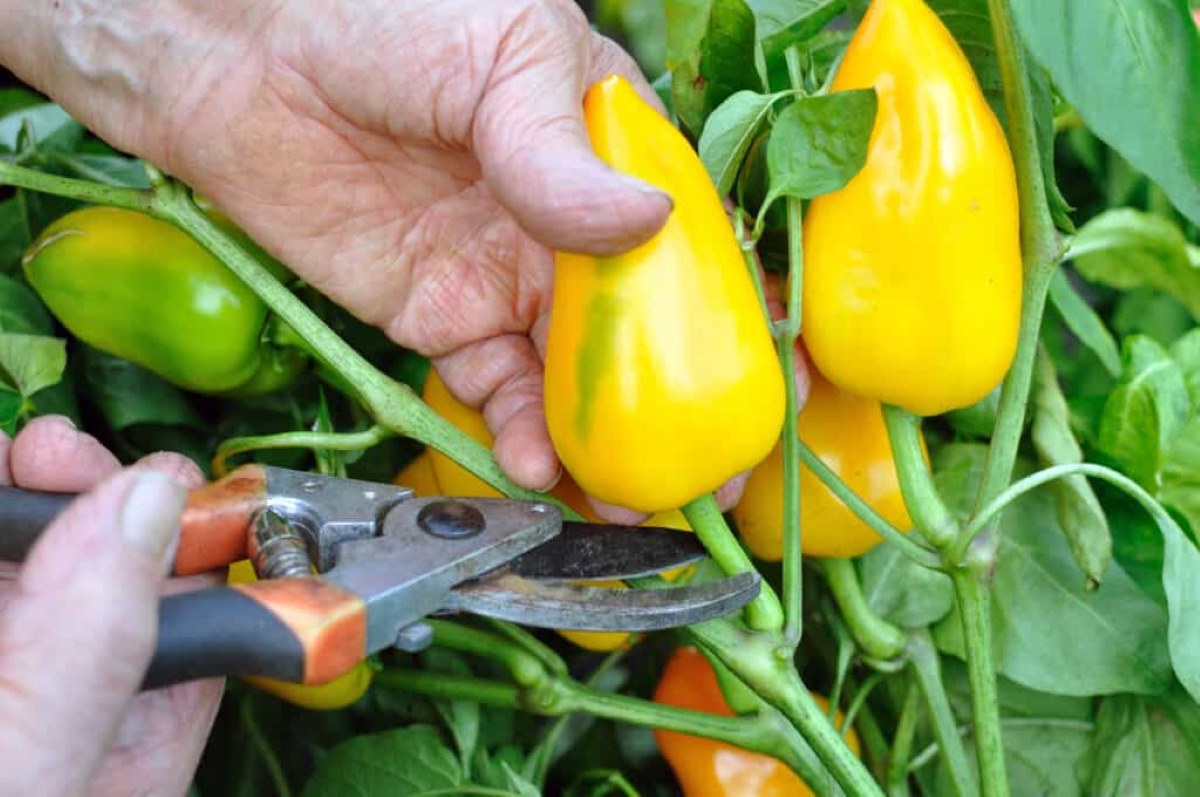
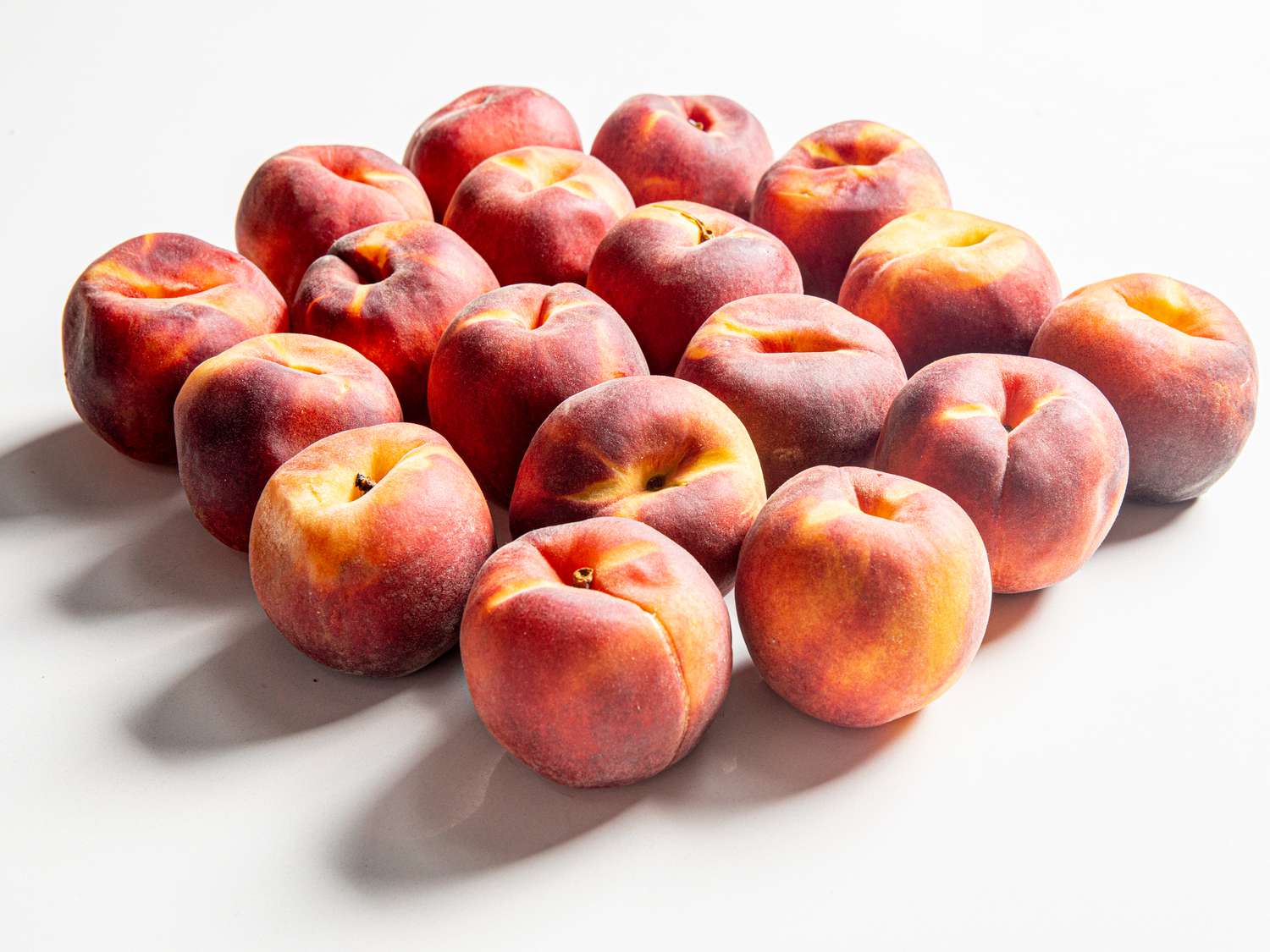

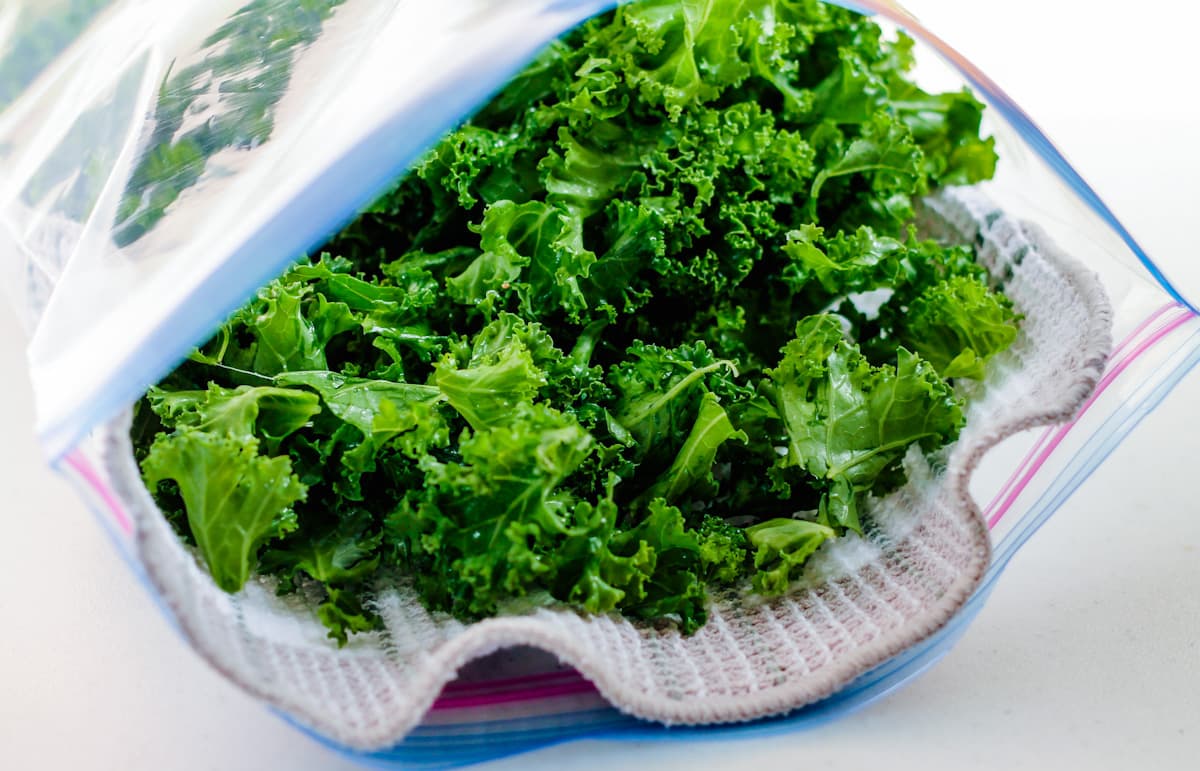
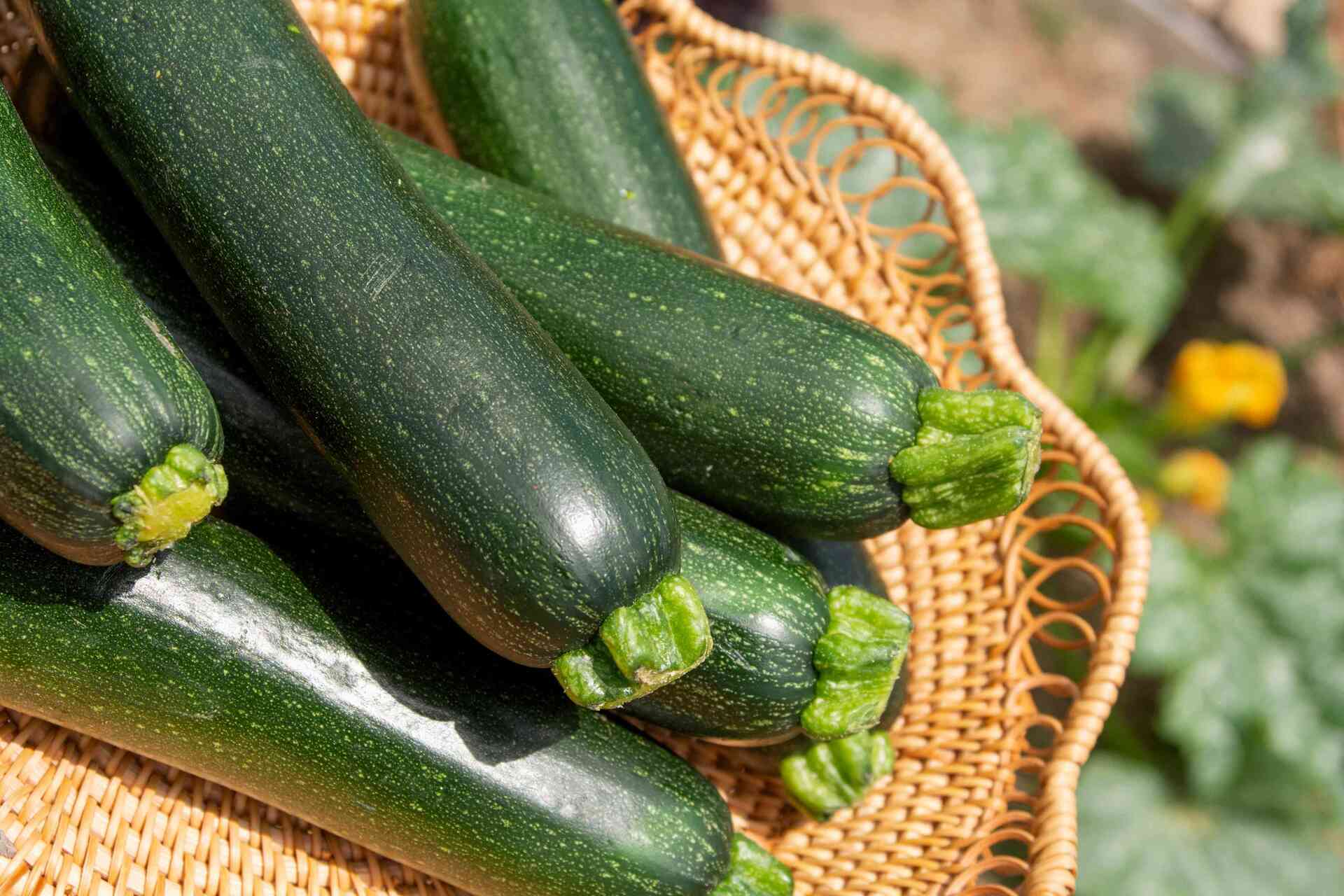
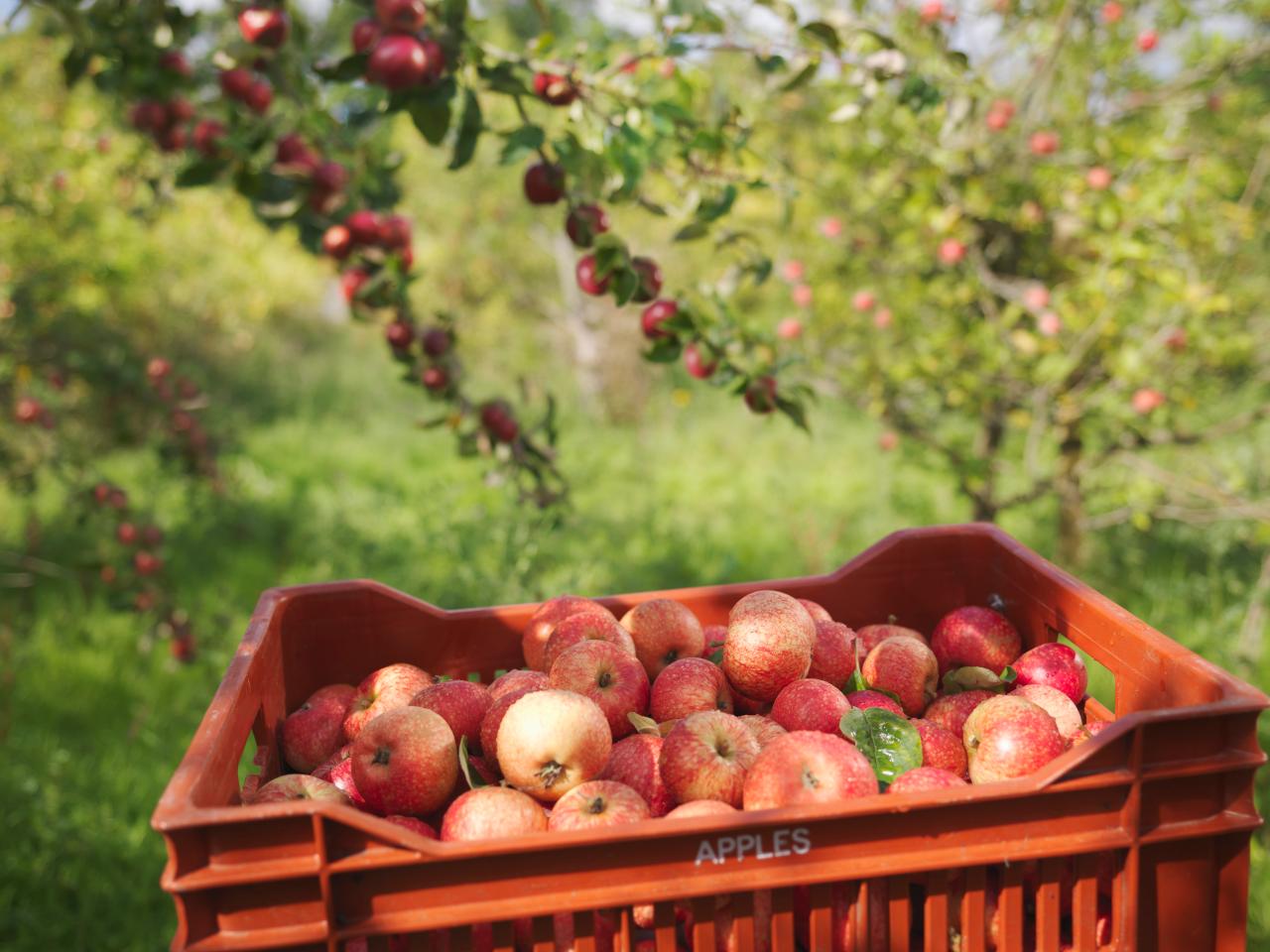
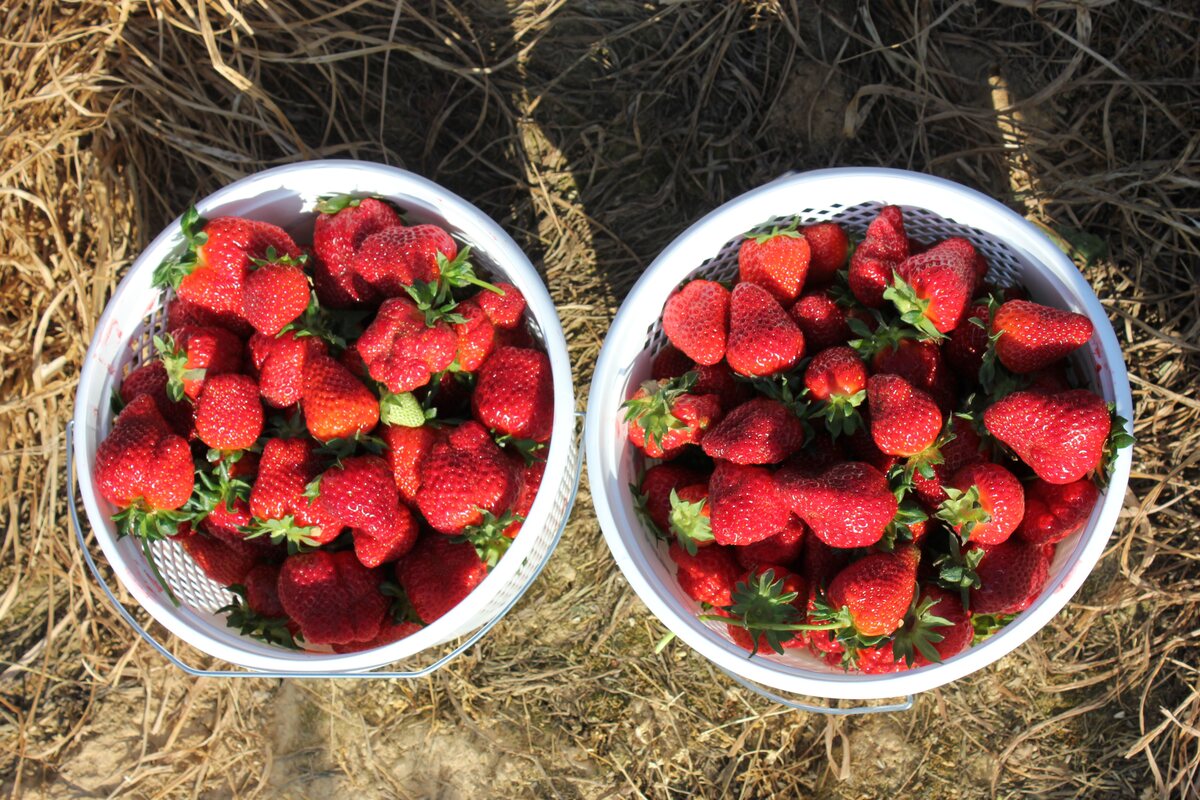
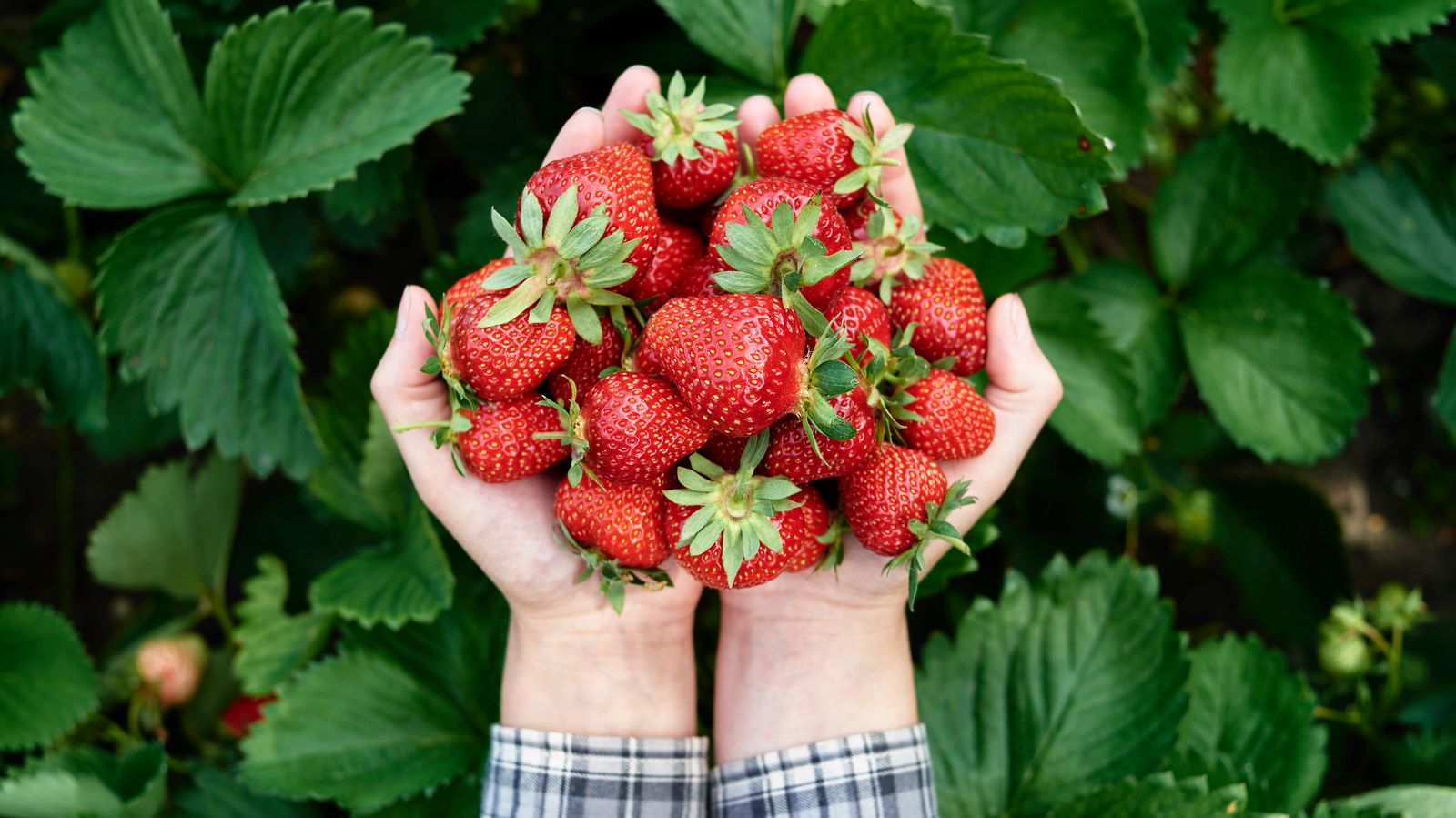
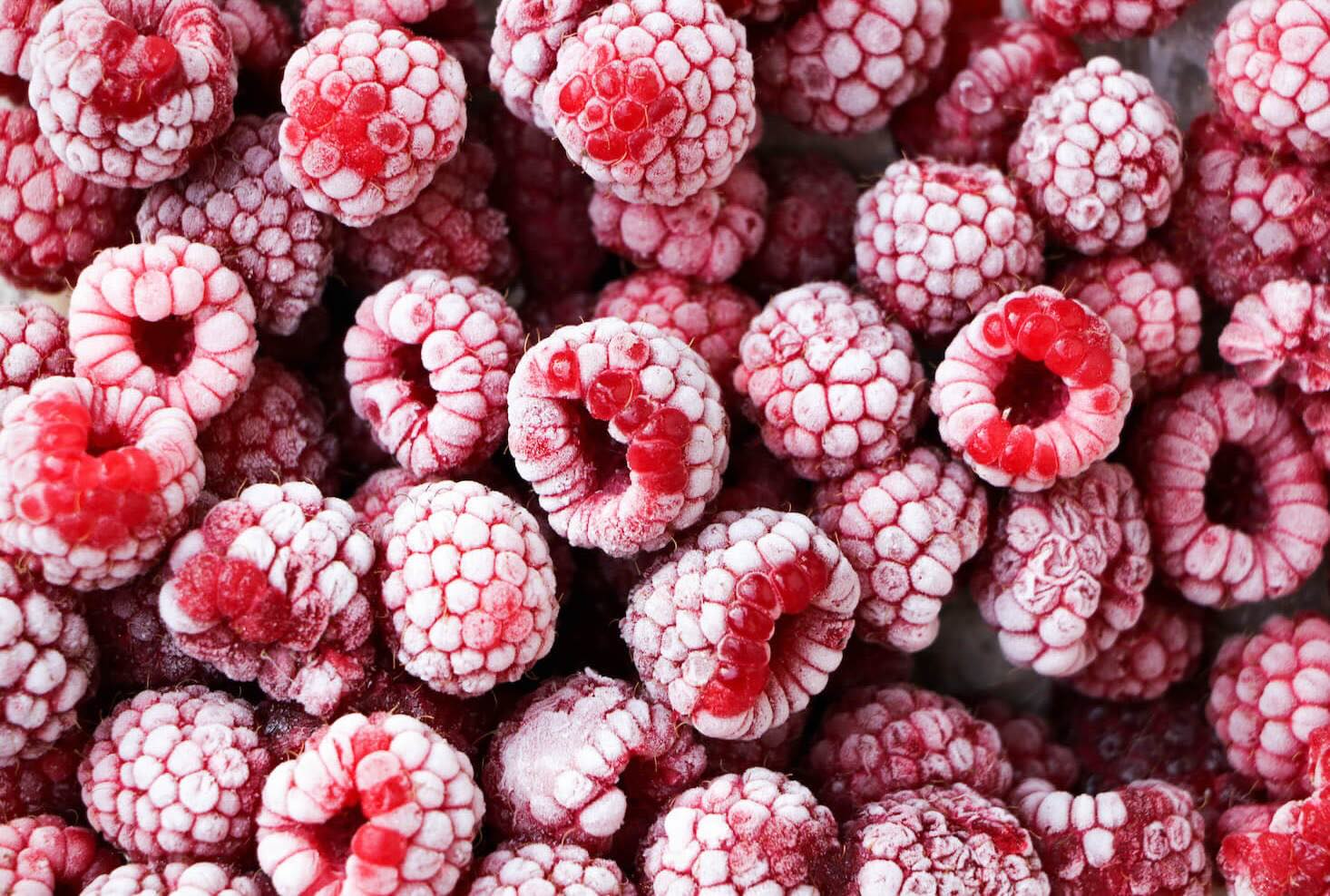
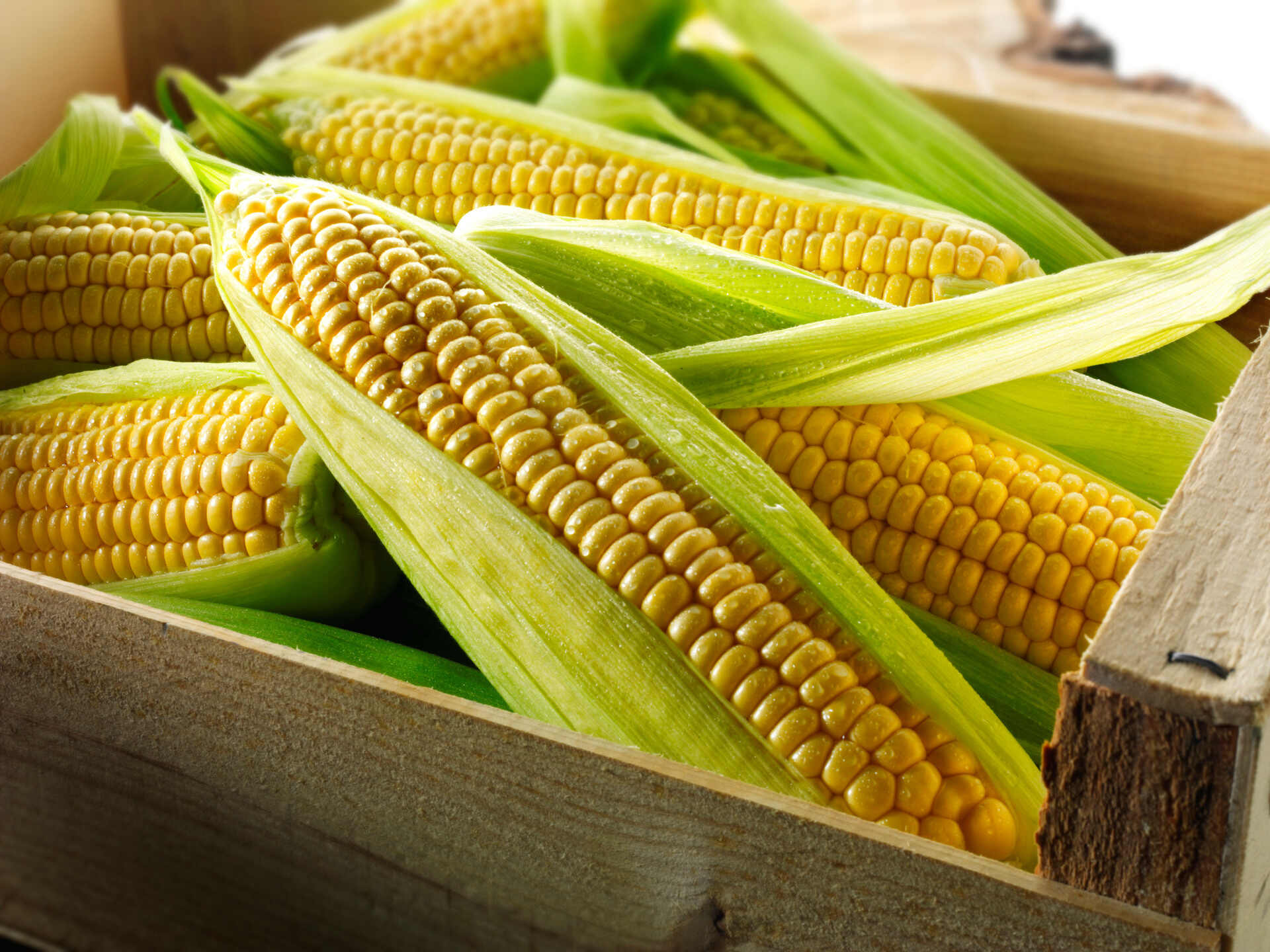

0 thoughts on “How To Store Fresh Picked Raspberries”